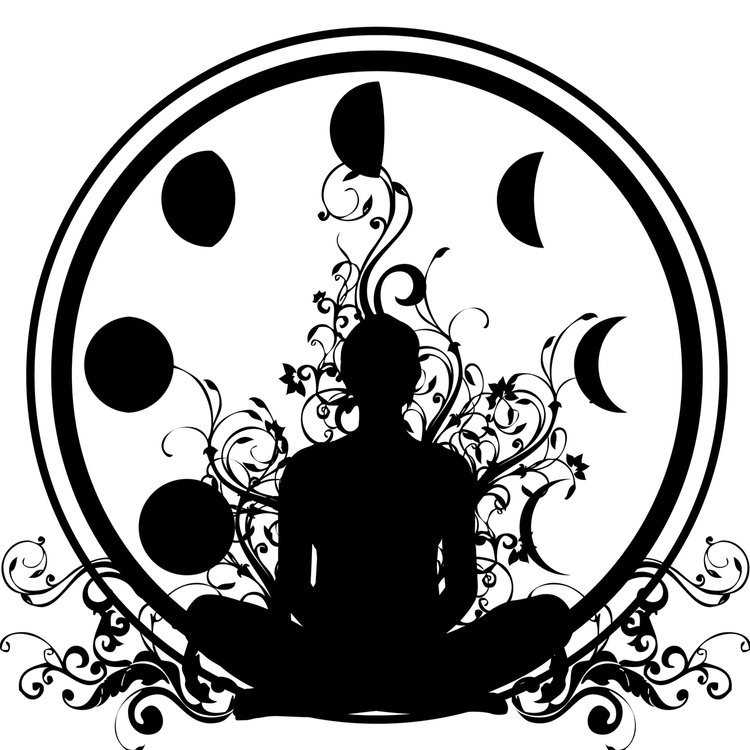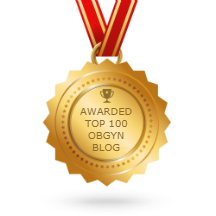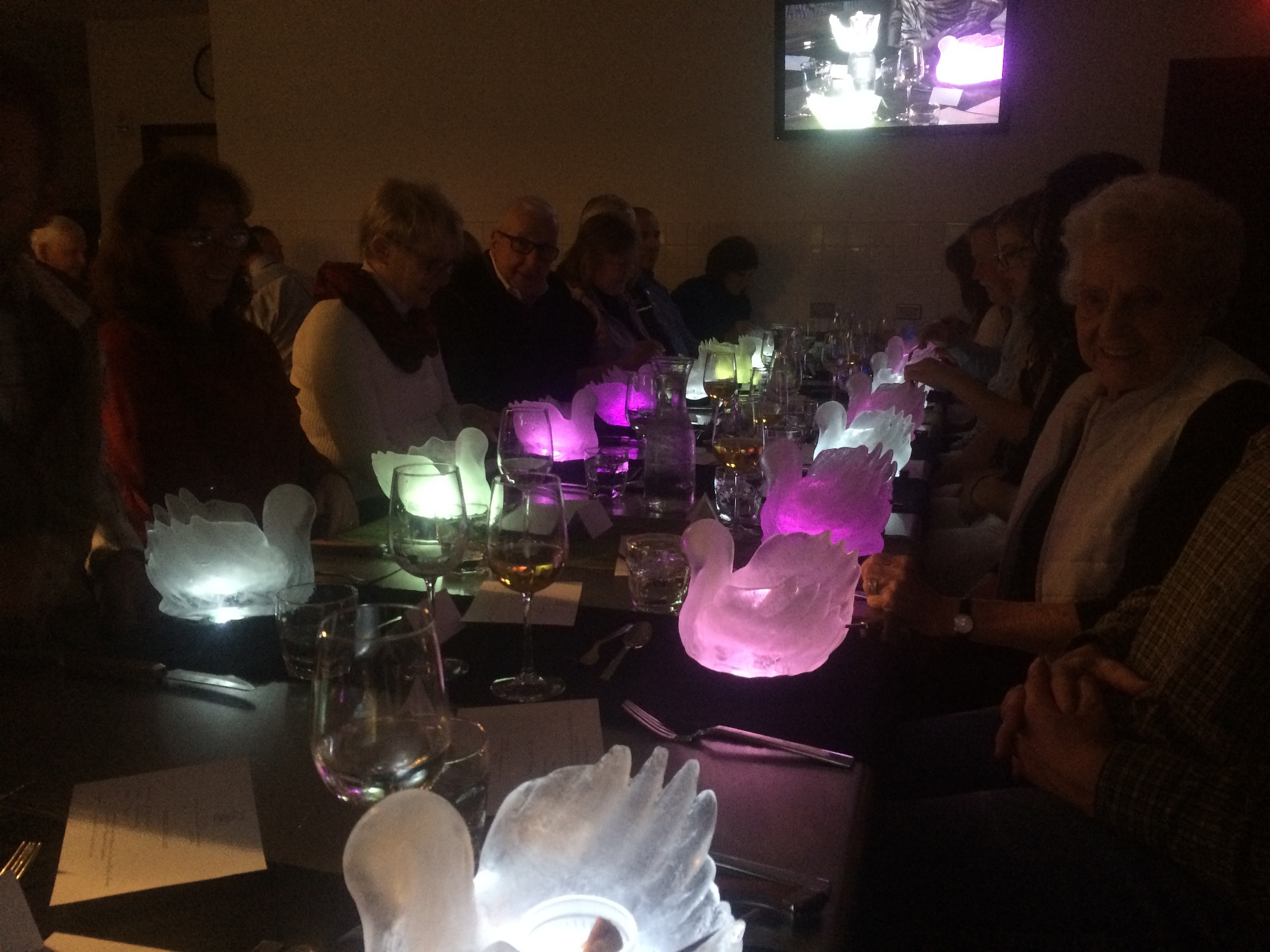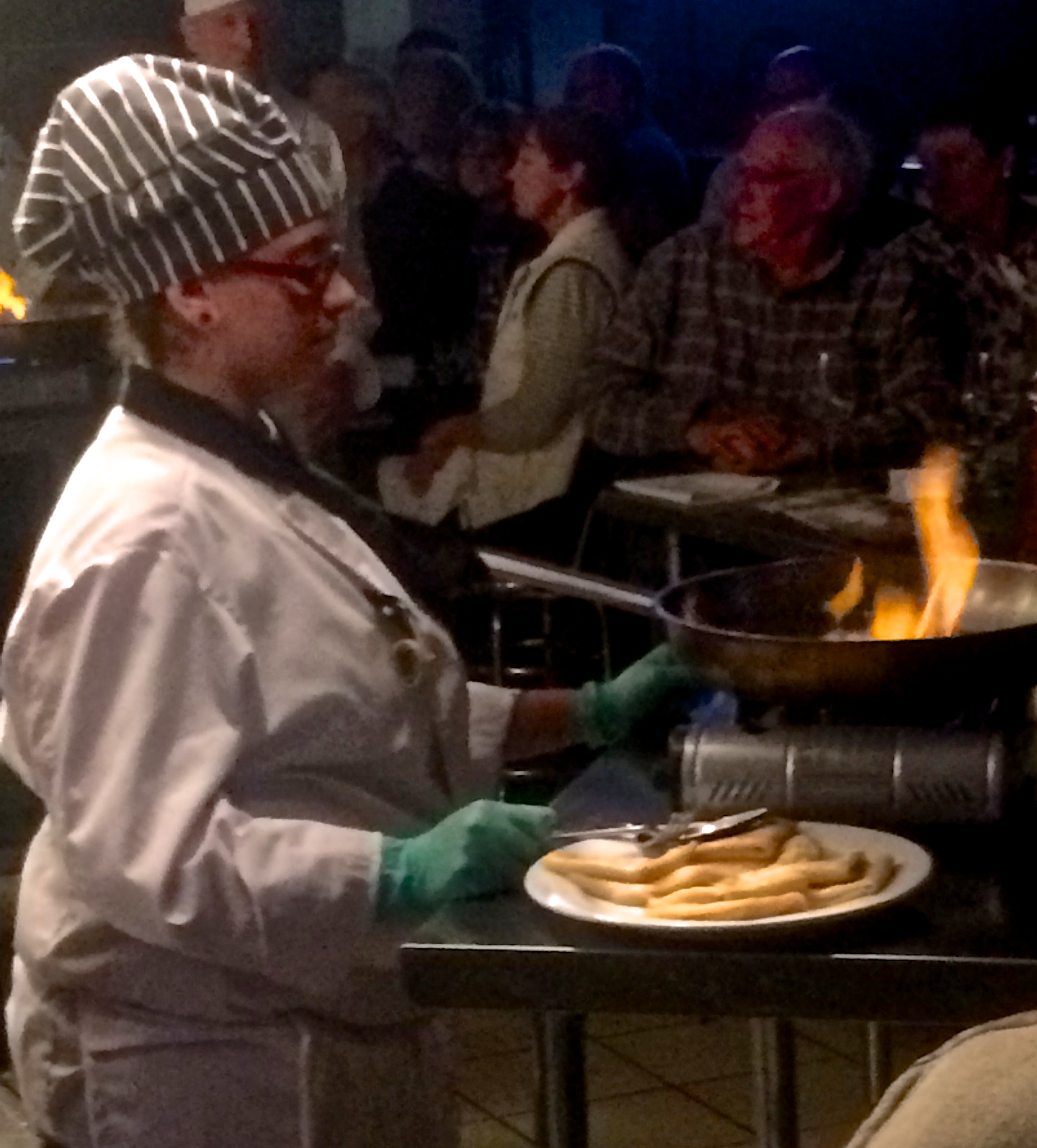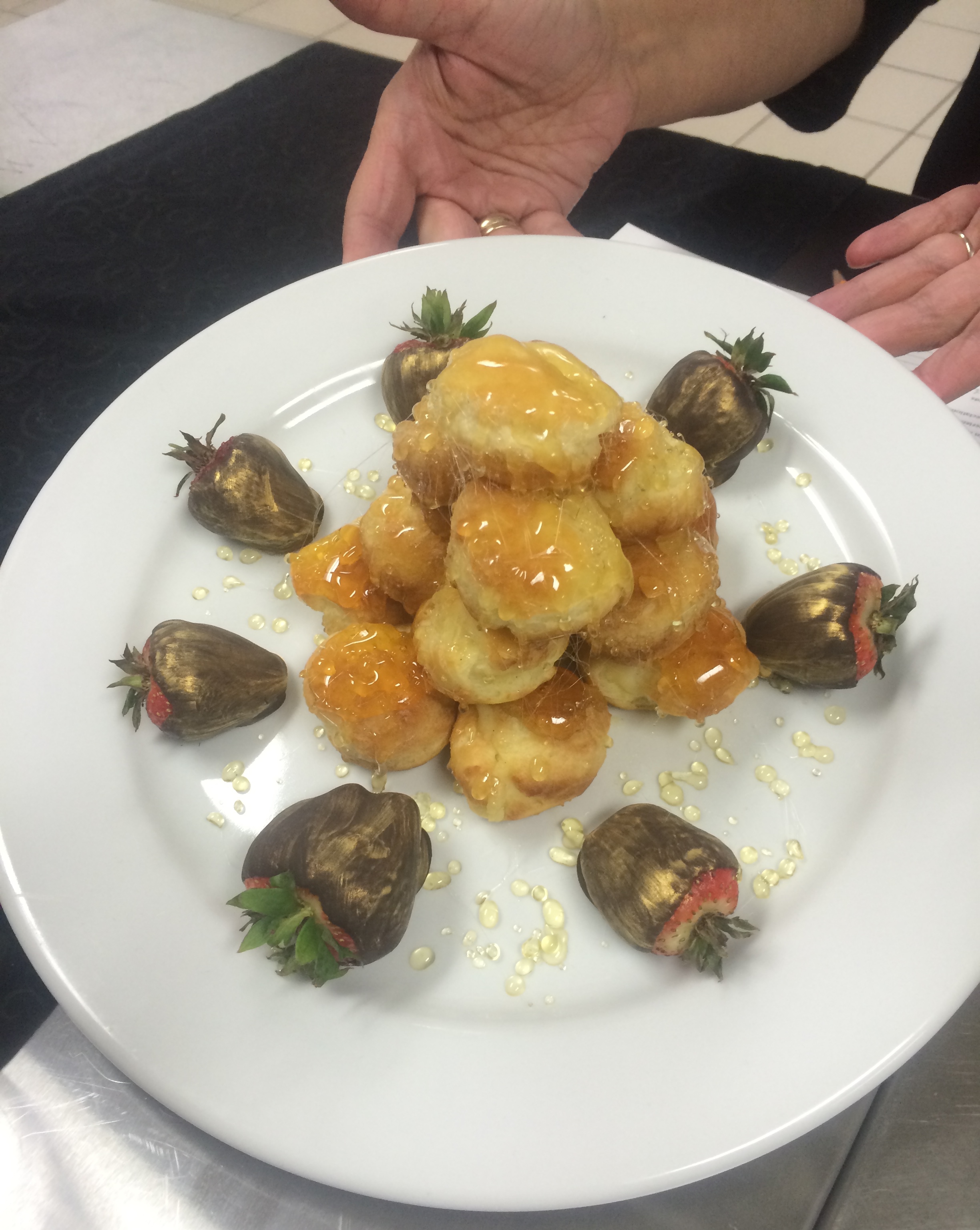On July 1st the American College of Physicians (ACP) released a practice guideline on pelvic exams for women. They stated that by their reading of their data, asymptomatic adult nonpregnant women did not need them. I stand with the American College of Obstetricians and Gynecologists in objecting to this and other such flawed pronouncements.
Since pap smear screening is now recommended less frequently and more precisely based on a woman's individual history, the frequency of the pelvic exam is being studied. Why this was analyzed by gleaning information from a Medline literature review conducted by a branch of the VA ( Veterans Administration) instead of experts in Women's health is unclear.
The study purported to ask about the accuracy of the pelvic exam in "average risk, asymptomatic, non pregnant, adult women" for detecting non-cervical cancer, pelvic inflammatory disease, or other benign gynecological conditions. A rudimentary knowledge of office gynecology could tell you at once these are the wrong questions.
Why are theirs the wrong questions ? Non cervical cancer would mean several other cancers such as uterine, ovarian and vulvar cancer. Uterine cancer and its precursors are heralded by abnormal bleeding, a symptom, so patients without symptoms are unlikely to have it. We have long known that ovarian cancer, which is usually heralded by pain, is not reliably detected on pelvic exam, certainly not an exam on an asymptomatic patient. Therefore, this part of the study asks, somewhat ridiculously, whether cancers which generally present with symptoms can be effectively detected in women without symptoms. Of course the answer is no. Similarly PID, pelvic inflammatory disease, is by definition, symptomatic. It is a painful full blown infection of the pelvic organs which makes a woman ill. PID will never be found in an asymptomatic group of women simply because of how it is defined.
This is all a bit like asking whether a CAT scan is accurate at finding appendicitis in a person with no symptoms.
Why do gynecologists do pelvic exams on asymptomatic non pregnant women ? The first thing we see in the pelvic exam is the perineum, aka the vulva. Exam of the perineum is a good reason to do a pelvic exam on an asymptomatic woman. However, the authors of the ACP study neglected to assess whether examination of the vulva ( perineum) had any value. This is a serious study flaw, since vulvar cancers are most commonly asymptomatic. Women usually don't realize they have problems "down there".
We discover all sorts of things on the pelvic exam, from silent chlamydia (not to be confused with PID), or vaginitis like BV, which left untreated, can cause more serious problems. We discover genital warts, cervical polyps and abnormal relaxation of the muscles. We can get a very clear picture of someone's hormonal status through the pelvic exam. We also discover ovarian cysts and growths. We also very commonly find uterine fibroids. This whole area of gynecology was glossed over by this study, despite the fact that 1 in three black women have fibroids, as do 1 in 4 white women. And while it is true that most fibroids most of the time do not cause problems, many do. Women deserve to know what is going on in their bodies. They often have a vague pain, but fail to mention it until you inform them their uterus is twice its normal size. Apparently an editorial published alongside the review affirmed that none of these issues were addressed.
Why would employed VA physicians be concerned about pelvic exams on women? What "harms " did they look for ? Again, just like the " harms" of mammograms, in study done by another government agency, the harms assessed were,
" mortality; morbidity; and harms, including overdiagnosis, overtreatment, diagnostic procedure–related harms, fear, anxiety, embarrassment, pain, and discomfort."
Pelvic exams of course caused no morbidity or mortality. However, the authors state pelvic exams led to some "unnecessary" surgery, by which they mean surgery wherein a suspected bad finding was not found. ( How is this a bad outcome ? ) They also site the " fear, anxiety, embarrassment, pain, and discomfort." that women experience. We understand those women with PTSD or history of abuse will possibly have a harder time with their exams. This should be factored into their care. However, to say that these feelings override what is medically best for women is to treat them like children. Most women are in charge of their bodies and are not fragile, mentally or physically. They want information about their bodies since they know that knowledge is power.
Oh and by the way, has anyone in the popular media highlighted the fact that all three studies in the review dealt with women with a mean age of 51-58 years who were in a study to screen for ovary cancer ? Disease spectrum in this age group is entirely different that in the the group of all adult women. The diagnostic utility of the pelvic exam in menopausal women would be much different than for adult women as a whole, with younger adult women having much wider range of conditions to detect. This alone qualifies their review results and recommendations as rubbish.
Upon publication of this review, the American College of Ob/gyn issued a reaffirmation of its stance that the pelvic exam has value. There are many things we do in medical practice which experience tells us are valuable, that have not been studied and thus have not been proven effective. Yet common sense tells us they have value. They have not been high research priorities. Until now. Now many such medical practices are being called into question because of government studies that are now being performed in the service of cost savings. Study money is limited. Yet it seems nowadays there is a great deal of money available for those who wish to design studies meant to justify reducing services to women. Who knows what other lifesaving research budget has been cut so that the (abusive, evil ) pelvic exam could be scientifically debunked.
Women's health care, in the form of the annual exam, the mammogram, the pap, and the now the pelvic exam have all come under scrutiny. In each case, the government panel recommendations have been to reduce frequency. These recommendations have supposedly been based on evidence. However, I and my ob/gyn colleagues find the evidence lacking. I am committed to evidence based medicine. However all evidence is not created equal, and determining this takes time and effort, even for a person with my education. In fact, I have spent all Sunday afternoon and evening sorting this out, steam emerging from ears.
We should take much more care in study design, particularly insofar as study groups ( who is studied ) and study outcomes are concerned. Choice of studies funded should not be gender biased. And most importantly, study design should not be rigged primarily to discredit sound low risk procedures whose elimination would cut costs for insurance and government payors.
End the war on women's health care.
